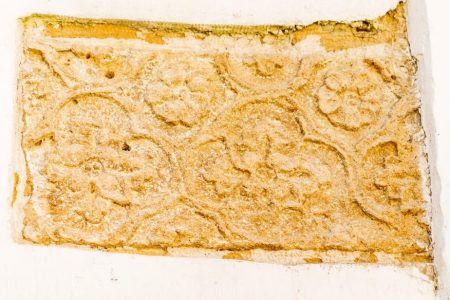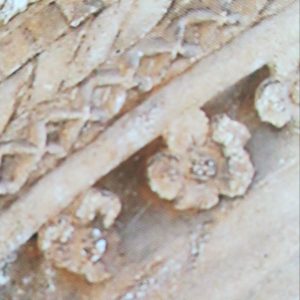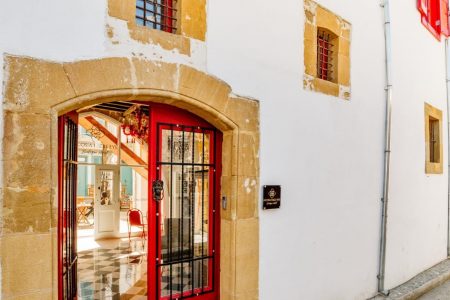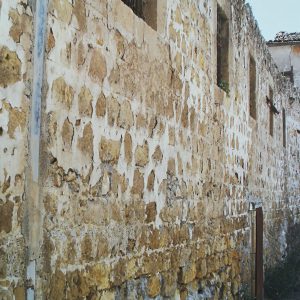“ A further requisite when choosing a site for the founding of a city (Nicosia) is this, that it must charm its inhabitants by its beauty. A spot where life is pleasant will not easily be abandoned nor will men commonly by ready to flock to unpleasant places, since the life of man cannot endure without enjoyment…However if a country is too beautiful, it will draw men to indulge in pleasures, and this is most harmful to a city”
St Tomas Aquinas, De Regno, Ad Regem Cypri.
The social construction of Nicosia as a city dates back to the Byzantine period, Nicosia had probably become the center of administration and the island’s capital in either the 9th or the 10th century, had acquired a castle and was the seat of the Byzantine governor of Cyprus.
It is important to also understand the daily life of the city in its history, so that we can understand this building better. People’soccupations, their social behaviours, opinions, religion and even the language they spoke in the cities history all relate to what this building may have been as the combination of all these, created a‘the culture’ that designated and reflectedthe city, its living quarters, occupations thus the buildings.
In the 13th century, one of the most significant historical chapters was written for Nicosia. Guy de Lusignan purchased the island and subsequently they established the medieval Kingdom of Cyprus. What we see mostly today as historic building starts from this period onwards to the 16th-18th century Ottomans and also later to the 18th 19th centuries including the British mandate. However the old city is based on the Lusignan design and the 13th century ideas.
The 13th century is described as “ Conflict, cultural and religious domination, and the imposed foundation of an implanted Gothic feudal, part operate.” In the 13th century Nicosia, one encounters polemical life of two cities; Pre-existing Greco-Byzantine and newly founded Franco-Gothic – developing, adjoined or even superimposed on one another, in an incompatible fashion. The fall of Acra in 1267 AD and the Crusador Kingdoms of Holy Land in 1291 AD resulted I major alterations in ethnic, cultural, architectural and urban makeup of the city.
The foundation’s of the Nicosia during the Byzantine, superimposed by Lusignan and later by Venetians and Ottomans can bee seen in many building/monuments. Buyuk Hammam is a good example of all these and it was not an individual case. So how do we go about finding information about the history of Eagle eye building? For this we studied the historic maps, and read narratives of the travellers, and used scholarly publications as valuable resources.




